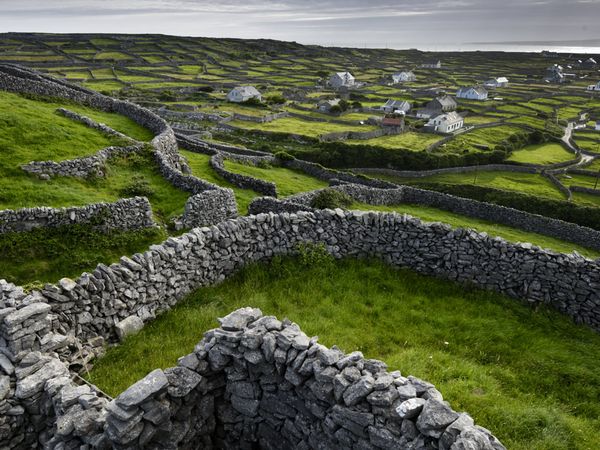RockSolver
-
Seems pretty kool.
@unknownuser said:
Alternatively, imagine the mental 3D geometric manipulations going on inside the mind of a stone mason as he or she builds a drystone wall. That's what Rocksolver does, and a lot more. Rocksolver can accurately "remember" the shapes of an unlimited number of rocks which have been scanning or digitised in an unlimited number of locations. Rocksolver provides an accurate, quantitative 3D map of the whole structure for analysis by geotechnical engineers. Rocksolver will enable builders, landscapers, engineers, architects and owners to input their design criteria and watch any number of virtual structures being built before choosing the one to build.
Rocksolver will add certainty to the choice and placement of rocks weighing several kilograms or several tonnes and optimises the use of the world's largest resource of sustainable building material.
Rocksolver is currently (February 2012) a working prototype with the first commercial release of a 2D application to optimise the lay-out of stone pavers due soon.
-
that rocks,
thanks for posting
john -
lol...

-
Another clever Aussie....

-
Just had a quick look. Interesting idea!
In my experience Stone Masons have been doing this here in Ireland for a long time. They get a big load of rocks dropped off at the site, they scan the rocks (stones) with their trained eye, pick the ones they want and get the wall built! Dry stone walling has been big thing here for the past couple of thousand years.


Still, Rock Solver is a clever way of sorting large quarry rocks for infill and sea protection walls erected by heavy machine operators.
Must read more as I am curious to see how they identify / number the rocks.
Mike
-
WOW great shots Mike!!!!
-
Yeah those are great shots.
-
You are right Mike about this sort of technology being useful for seawalls built with large rocks. Interestingly, already the 10 tonne or 20 tonne rocks are often numbered as they leave the quarry and the excavator operators at the site have a screen showing the location of the machine. So Rocksolver should plug into that system fairly easily.
We'll first test Rocksolver on simple 2D applications like paving then move into the larger structures market before refining the method for building drystone walls and houses. Maybe one day the wearer of "Google glasses" will see where each rock needs to be placed using augmented reality.
It's a work in progress. In the mean time please help yourself to my virtual rocks in the Intresto collection.
Malcolm (the Rocksolver guy)
-
Welcome Malcolm,
I was wondered if you might be around here already. very interesting stuff. I was just speaking to some of these guys the other day about wanting some rock laying program for sketchup. I design homes and am more interested in the visual effect you create in SketchUp than the final layout. although that being made is a nice side effect for me.
here's the post I made. http://forums.sketchucation.com/viewtopic.php?f=15&t=46856
Love what you're doing. Keep it up and keep us posted.
-
As you'll notice I've already been playing with your rocks.
-
Thanks Kristoff
Yes, I was pleased to see my stones being used in your stone buttress. It is hard work packing them by hand (in the real and virtual worlds). Our first software release will be for packing polygons into a rectangular area so suitable for simple paving jobs. We will have something to build a stone buttress like in the photo on your other post but it will be more than a year away. I think you signed up for our newsletter so keep your eye on it.
I haven't been a regular user of these forums but as we start to produce something worth sharing, and hopefully a Sketchup plugin, you might see me here more often

Malcolm
-
Liked, shared, tweeted and such. I invite all of you to do the same.
Advertisement







